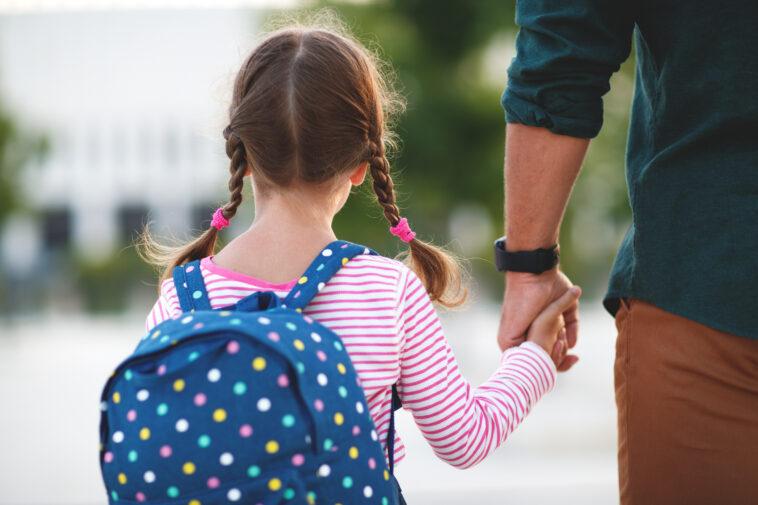Every summer seems to fly by in the blink of an eye. Just when you’ve finally settled into the swing of laid-back mornings, leisurely play dates, and impromptu ice cream stops, you can almost hear the distant sound of the school bell ringing.
Yes, the dawn of a new academic year has arrived, and it’s time to prepare for the usual hustle and bustle. This year, there’s another item to add to the perennial to-do list: deep-cleaning your child’s backpack.
Now, any parent who’s ever peered into the recesses of a well-loved school bag knows it’s akin to venturing into a forgotten jungle.
There’s the odd squashed banana from last week’s snack time, crumbled remnants of homework assignments, a multitude of forgotten toys, and, of course, a fair share of germs. These invisible foes, particularly after a long summer break, can transform the backpack into a veritable Petri dish, ready to launch the year’s first cold when school’s back in session.
So, how do you tackle this microbial menace? Here’s a simple guide to washing your child’s backpack and setting the stage for a healthier school year.
Before the cleaning begins, start by emptying the backpack completely. Shake it out over a garbage bin to get rid of any loose debris. Be sure to check every pocket, nook, and cranny — children are adept at finding hiding spots that even Houdini would be proud of.
Next, check the care label. Some backpacks can go directly into the washing machine, making your job a lot easier. If that’s the case, use a gentle cycle with cold water and mild detergent, and place the bag in a pillowcase or laundry bag to protect straps and zippers.
However, if the backpack is not machine washable, never fear. It’s time for a good, old-fashioned hand wash.
Fill a large basin or your bathtub with warm water and add a few drops of gentle detergent. Submerge the bag and use a soft brush to scrub the surfaces, paying extra attention to areas that often come in contact with hands, like straps and handles.

Sign up for Chip Chick’s newsletter and get stories like this delivered to your inbox.


